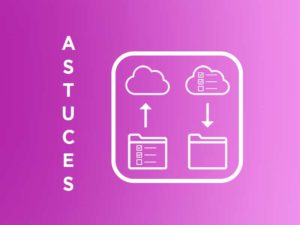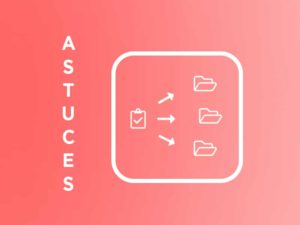In Perfony you can split an action into identical sub-actions for each person to whom it should be assigned.
But why create identical shares?
Creating an action and reproducing this action for all the members of a file is a tedious, repetitive work without added value.
In which cases can one be asked to do this type of uninteresting work? For example, to ask all the members of a file to send you a report, or to make sure that the whole team subscribes to a legal or HR obligation, or to make sure that the whole team is updated… In short, the use cases are legion.
Paradoxically, the larger the number of participants, the more tedious the work, but the more important it is because the risk of omission increases. Having a tool to monitor actions is therefore particularly important. So how do you keep it from being boring?
Step 1: How do I create an action?
To start, go to the “My folders” menu and select the folder in which you want to create the action. Then, click on “action label” framed in red on the image.
Once this first step is completed, a space opens where you can enter all the information that must appear in your action.
2nd step: how to break down the action?
Here we are in the most interesting part of the article. You probably already know how to create an action, but it’s always good to show the whole manipulation.
To split the action you will check the box in red where it says “split the action into identical sub-actions”.
You will then see a menu on the right with the names of all the members of your IPerfony space. You will be able to select the people to whom you want to assign the action or simply select all of them by clicking on the small box to the left of the search bar.
All you have to do is click on “Add” and your action will be split into several sub-actions as you can see on the screenshot below.
Tips: If you set a due date or priority to a parent action, all your sub-actions will have the same values.
Tips 2 : The progress bar of the parent action automatically adjusts according to the progress of the sub-actions.















